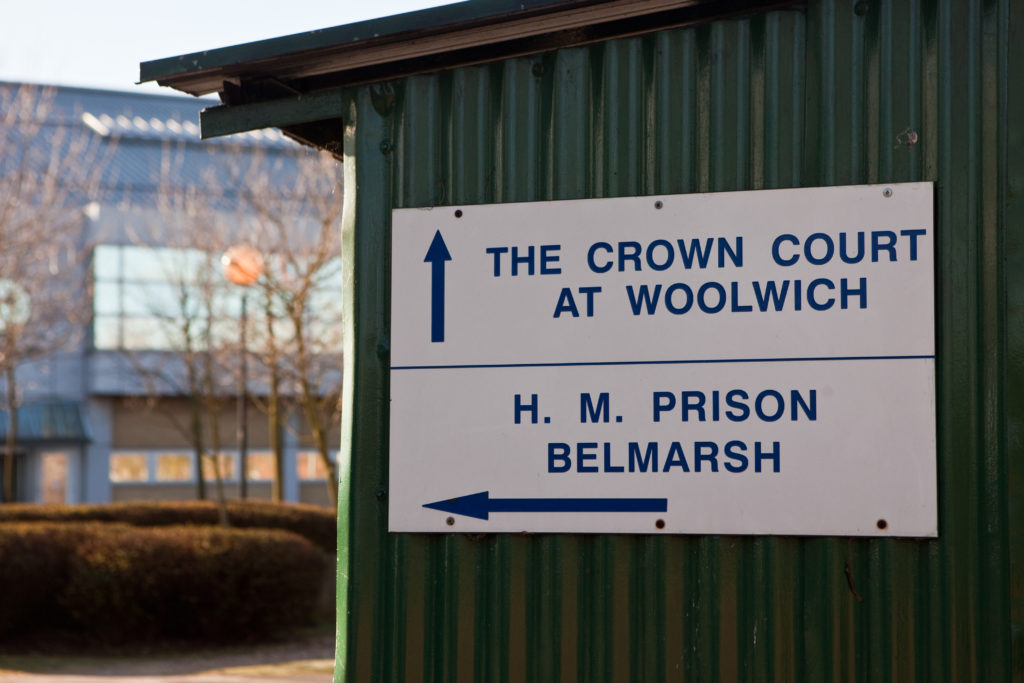Extra funding will be allocated to allow Crown courts in England to sit an additional 1,250 days in a year, Deputy Prime Minister David Lammy announced in a speech last week. This comes as one of a series of measures aimed at tackling the massive crown court backlog, with latest government figures showing almost 80,000 cases waiting to be heard. While acknowledging this move alone would not solve the crisis entirely, Lammy said this investment would ‘bring swifter justice’ for victims.
This is the first step taken to address the backlog by the Labour government after the publishing of Sir Brian Leveson’s report into the court delays, where large-scale reforms were proposed including removing the right to a trial by jury for particular offences. The government are due to set out a full response to the report and it’s recommendations in the Autumn.
More money alone won’t be enough, says justice think tank, Crest Advisory. Increased funds does mean more days for courts to sit, but analysis undertaken by the group shows an estimated £400 billion would be needed to effectively clear the backlog: it would mean doubling the current court capacity.
Unison general secretary Christine McAnea has also raised concerns about whether staff holding up the system can bear an increase in capacity. She said the probation service are already 10,000 staff members short, plagued by poor wages and under pressure, adding ‘ministers can’t squeeze out any more’.
It’s not just the people that would be under strain. A survey published in September this year by the Law Society found 63% of respondents experiencing court delays because of the state of court buildings. Respondents cited technology problems, faulty air conditioning and asbestos as reasons a courtroom or building was shut.
Speaking after Lammy’s announcements last week Richard Atkinson, president of the Law Society, welcomed the investment but cautioned it should be ‘matched’ by further funds allocated throughout the system to get it ‘back on its feet.’








